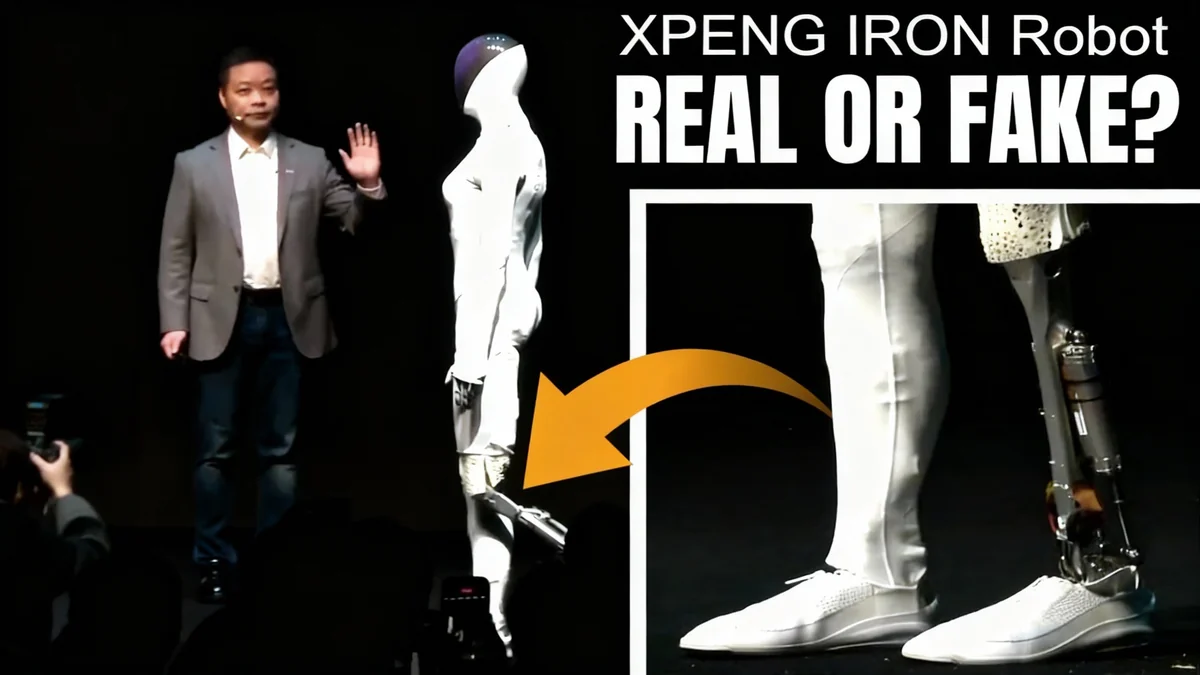Nvidia and OpenAI have announced a framework agreement for a potential investment of up to $100 billion from the chipmaker into the artificial intelligence leader. The proposed deal, aimed at significantly expanding OpenAI's computing capacity, has generated considerable market attention but is accompanied by a notable lack of specific details, leaving analysts and investors to parse its potential implications.
The agreement outlines a plan for OpenAI to add 10 gigawatts (GW) of computing power, a massive undertaking that would rely heavily on Nvidia's technology. While the headline figure is substantial, the preliminary nature of the announcement means key financial and operational terms remain undefined, raising critical questions about its structure, timeline, and overall feasibility.
Key Takeaways
- Nvidia and OpenAI have outlined a framework for a potential investment of up to $100 billion by Nvidia.
- The deal aims to provide OpenAI with 10 gigawatts of additional AI computing capacity.
- Key financial details, including the timeline, payment structure, and impact on existing partnerships, have not been disclosed.
- Analysts are questioning how OpenAI will finance its side of the deal, given its current cash burn and other major commitments.
- The agreement involves OpenAI purchasing Nvidia's next-generation Vera Rubin platform, expected in 2026.
The Scope of the Proposed Agreement
The core of the framework agreement centers on a massive expansion of OpenAI's infrastructure. The goal is to add 10 GW of computing capacity, a scale necessary for training and deploying increasingly sophisticated AI models. According to the announcement, Nvidia would facilitate this expansion through a direct equity investment into OpenAI.
This investment would occur progressively, with funds and corresponding equity being transferred as each gigawatt of capacity is deployed. This structure suggests a long-term, milestone-based partnership rather than a single upfront transaction. The deal also positions Nvidia as OpenAI's "preferred strategic compute and networking partner," though the arrangement is explicitly non-exclusive.
Understanding AI Compute Costs
The cost of building out AI infrastructure is immense. Nvidia has previously estimated that developing one gigawatt of AI capacity costs between $50 billion and $60 billion. Of that total, Nvidia typically captures $35 billion to $40 billion from the sale of its specialized chips, networking equipment, and software. These figures provide a baseline for understanding the financial scale of the proposed 10 GW expansion.
Major Financial Questions Remain Unanswered
Despite the significant top-line number, the announcement has left the financial community with a series of critical unanswered questions. The lack of clarity makes it difficult to assess the true impact on either company's financial future.
Funding and Feasibility
One of the most pressing questions is how OpenAI will finance its obligations. The company is expected to generate approximately $20 billion in revenue this year, but its cash burn is projected to reach $115 billion by 2029. It also has a reported five-year, $300 billion commitment to build data centers with Oracle.
It remains unclear how the new Nvidia deal intersects with the Oracle commitment or where OpenAI will secure the hundreds of billions of dollars required for both. Based on Nvidia's own cost estimates, a 10 GW build-out could require OpenAI to spend between $350 billion and $400 billion on Nvidia hardware alone, a figure that dwarfs its current financial resources.
Analyst Perspective on Investment Returns
Jay Goldberg, an analyst at Seaport Research Partners, highlighted the financial hurdles. "If Nvidia accounts for the full $100bn as an equity investment, then in order for Nvidia to achieve a venture-acceptable 3x return, OpenAI will have to double revenue every year for the next six years, and turn profitable somewhere along the line," he stated. The structure of the investment, whether entirely equity or a mix of debt and equity, will significantly influence these return expectations.
Impact on Nvidia's Financials
For Nvidia, the structure of the deal is equally important. The company reported $53.7 billion in cash and equivalents in its second-quarter results, with that figure projected to grow. However, it is unknown what portion of the $100 billion investment might be a payment-in-kind, such as discounts on hardware, versus a direct cash infusion.
This ambiguity makes it difficult to project the deal's effect on Nvidia's cash trajectory from 2026 onwards. Furthermore, it is not clear if this potential revenue was already factored into Nvidia's long-term market forecasts, which estimate its total available market at $3 trillion to $4 trillion by 2030.
Strategic Implications for the AI Industry
Beyond the financials, the proposed partnership carries significant strategic weight and could reshape relationships across the technology sector. The deal's structure and timing suggest a move by both companies to secure their long-term positions in the competitive AI landscape.
The Role of Next-Generation Technology
The agreement specifies that OpenAI will be purchasing chips based on Nvidia's forthcoming Vera Rubin platform, which is slated for general availability in the second half of 2026. This detail indicates a long-term commitment and potentially places OpenAI at the front of the line for Nvidia's most advanced technology.
"We believe it was OpenAI approaching Nvidia for help rather than any sort of vendor financing effort on the part of Nvidia," noted analysts at UBS, suggesting the deal is driven by OpenAI's urgent need for next-generation computing power.
Securing access to this platform is crucial for OpenAI to maintain its competitive edge. However, any delays in the Rubin platform's launch could introduce significant risks to the timeline of the entire agreement.
Navigating Existing Partnerships
The proposed deal also raises questions about the complex web of partnerships in the AI industry. Microsoft is currently OpenAI's largest investor and primary cloud partner. A significant equity investment from Nvidia could potentially dilute Microsoft's stake and alter the governance dynamics at OpenAI, especially as OpenAI continues its transition to a for-profit entity.
Furthermore, a deepened alliance with OpenAI could affect Nvidia's relationships with other major cloud providers like Google and Amazon, who are both customers and competitors. These companies are also developing their own custom AI chips, creating a dynamic where Nvidia must balance its strategic partnerships carefully.
The announcement also comes as OpenAI is reportedly pursuing other hardware initiatives, including a $10 billion contract with Broadcom to design custom AI chips. How this custom silicon strategy fits with a massive investment in Nvidia's general-purpose chips is another area requiring clarification.





